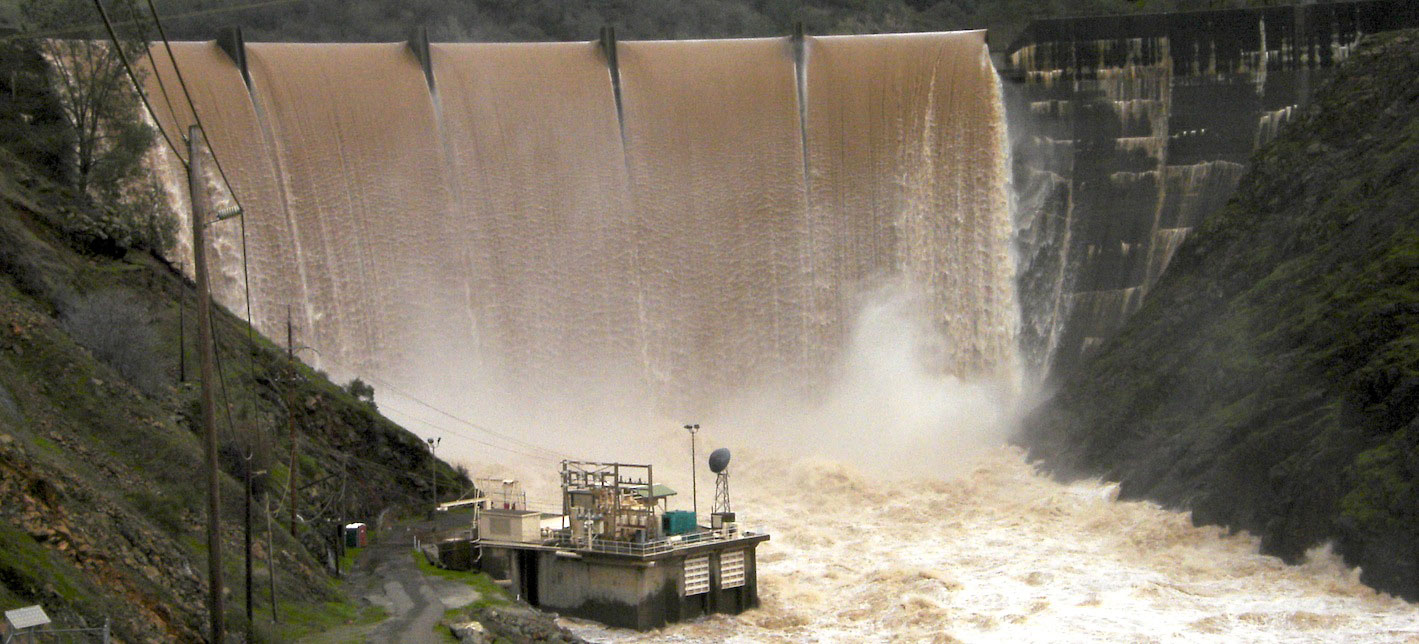Chapter 1
Introduction to Field Hydrology
Outline:
- Watch video podcats on your own
- Learn how active learning will be promoted in this class
- Come to the first class meeting
- Learn field logistics and safety issues
- Learn about each other
Textbook reading:
- Chapter 1
Other reading:
- Review this course web site.
- Wolman, M. G. 1995. Play: the handmaiden of work. Earth Surface Processes and Landforms 20:585-591 download here
Related web links:
- The Hydrological Cycle Online Guide- excellent online review of basic hydrology.
- Groundwater Atlas of California, Nevada
Video Podcast: Introduction to Field Methods in Hydrology, part 1
This first presentation introduces the course goals, teaching philosphy, and syllabus using a 14-minute video. As with all subsequent video podcats, it is provided in a streaming 640 x 480 (480p) format and should be viewable on a computer, iOS device, or Android device. Look for the small play button in the bottom left of the video player window to start the streaming video.
If the streaming video player below does not work for you, then you can download the video to your computer and watch it thereafter by clicking on one of the links below. Given the size of these files and depending on the speed of your internet connection, it could take a long time to download, so one good option is to download them over night if you are using a slower connection. If you can watch it streaming, then you do not have to download a video file at all.
- 640 x 480 (480p) format that balances speed and quality. (227 MB file)
- 1920 x 1280 (HD) format that provides larges size and best quality. (1.1 GB file)
Video Podcast: Introduction to Field Methods in Hydrology, part 2
This 16-minute presentation introduces course topics and a few basic ideas in hydrology.
- 640 x 480 (480p) format that balances speed and quality (204 MB file)
- 1920 x 1280 (HD) format that provides larges size and best quality. (1.0 GB file
Errata
On slides 15 and 16, I want to be clear that the terms "SM" and "depression storage" come into the water balance to the extent that they are changing. The left side of the equstion is show influx and the right side outflux. Soil moisure storage and depression storage in and of themselves are not fluxes. It is when they change that there is a flux. Sometime they will go up and other times down. It is the addiiton or loss of water that is in the equation, not the storage itself.


